LED MR16s: A Green Light for Display Lighting
 MR16s are among the most popular bulbs for medium to low intensity directional lighting. From retail lighting applications, to art galleries, and to your very own kitchen, MR16s are a popular choice for giving whatever you are displaying the attention it deserves. Like nearly every other type of light bulb, LEDs are being integrated into traditional incandescent bulbs, in this case MR16s, in order to give you a more environmentally friendly lighting option. Today, LED MR16s are available in every color temperature from extremely warm to extremely cool to give you the flexibility that comes with traditional halogen MR16s. There is no doubt that by using LED MR16s you are saving considerably with regard to energy draw. Halogen MR16s draw anywhere from under 10w to more than 300w, compared to the 1.7w to 6w range of LED MR16s. But one seriously considering LED MR16s should understand that though LEDs are powerful, they do not typically match the output of halogen MR16s. This is not to say that you should not use LED MR16s, but rather you should be strategic in your use of them. This is also not to say that all LED MR16s are incapable of matching halogen MR16 output, rather one should be mindful that sometimes light output is not equivalent across bulb types. LED MR16s offered in the bases typical of incandescent MR16s including G9.5, GU10, GU5.3 2-pin, GX5.3 2-pin, and screw in bases for LED JDR MR16s. LED MR16s therefore offer the same fixture flexibility that you currently have with halogen MR16s.
MR16s are among the most popular bulbs for medium to low intensity directional lighting. From retail lighting applications, to art galleries, and to your very own kitchen, MR16s are a popular choice for giving whatever you are displaying the attention it deserves. Like nearly every other type of light bulb, LEDs are being integrated into traditional incandescent bulbs, in this case MR16s, in order to give you a more environmentally friendly lighting option. Today, LED MR16s are available in every color temperature from extremely warm to extremely cool to give you the flexibility that comes with traditional halogen MR16s. There is no doubt that by using LED MR16s you are saving considerably with regard to energy draw. Halogen MR16s draw anywhere from under 10w to more than 300w, compared to the 1.7w to 6w range of LED MR16s. But one seriously considering LED MR16s should understand that though LEDs are powerful, they do not typically match the output of halogen MR16s. This is not to say that you should not use LED MR16s, but rather you should be strategic in your use of them. This is also not to say that all LED MR16s are incapable of matching halogen MR16 output, rather one should be mindful that sometimes light output is not equivalent across bulb types. LED MR16s offered in the bases typical of incandescent MR16s including G9.5, GU10, GU5.3 2-pin, GX5.3 2-pin, and screw in bases for LED JDR MR16s. LED MR16s therefore offer the same fixture flexibility that you currently have with halogen MR16s.There are two unique advantages of LED MR16s over traditional halogens. Some LED MR16s come in colored versions, allowing you add a colorful dimension to your displaying. Colored MR16s, such as Platinum's RGB color changing MR16s, are ideal in retail applications where you want to draw special attention to certain products. Furthermore, LED MR16s produce close to no heat unlike halogen MRs which get extremely hot. This means that your LED MR16s can be placed closer to whatever it is you are illuminating in order to get the most out of your light source and a more concentrated, focused beam.
Make BulbAmerica your one stop shop for MR16s. Not only do we have LED MR16s and halogen MR16s, but we also have MR11s, MR13s, MR14s, JDR MR16s, and more. As usual, write us on our blog or our Facebook page, or call us at 1-877-622-0897 with any questions or comments you have.






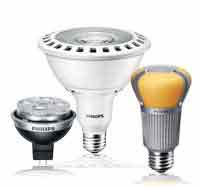
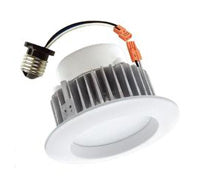

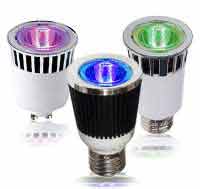


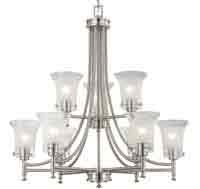
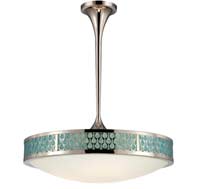




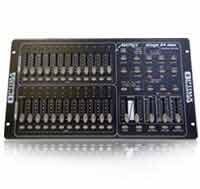

 ables found today on the back of food packaging.
ables found today on the back of food packaging.  Halogen bulbs
Halogen bulbs






Stay in Touch